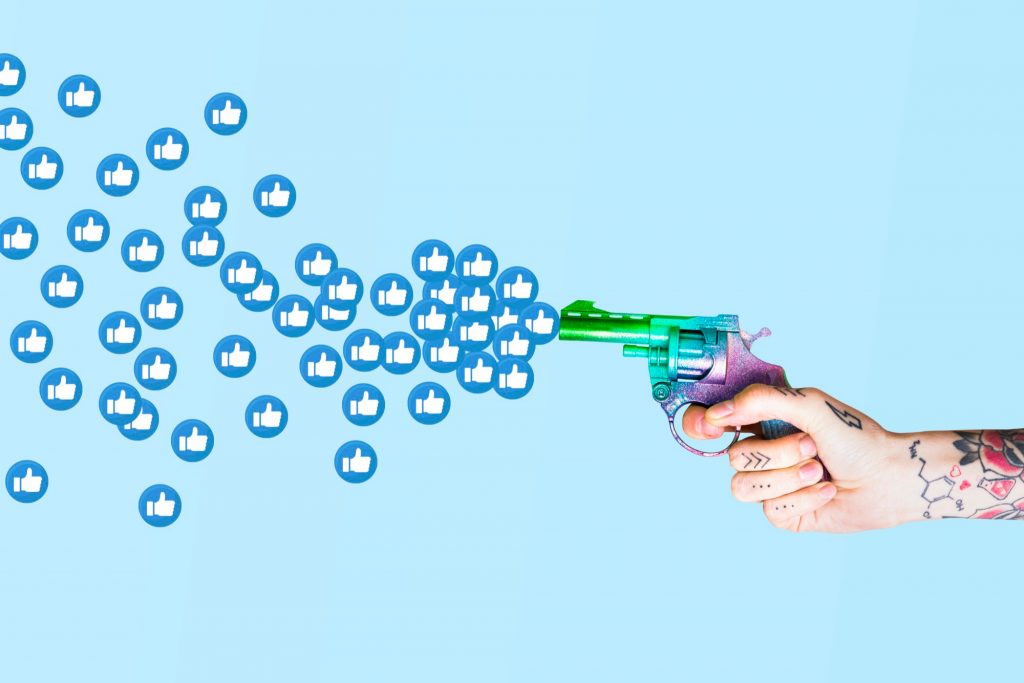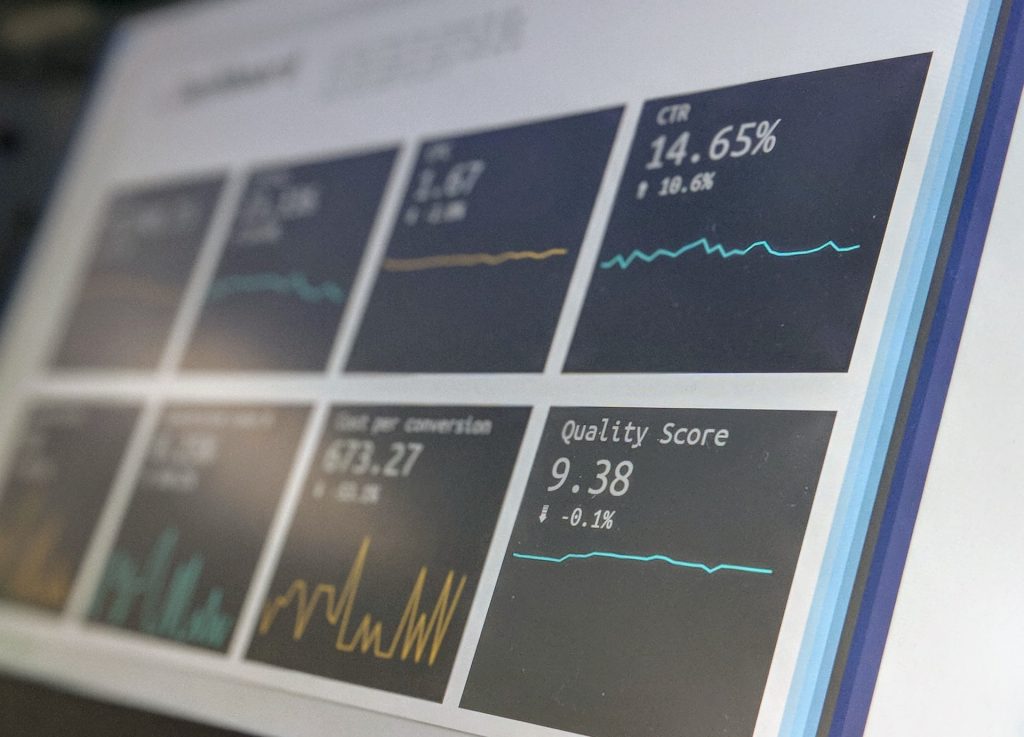
Trigger marketing is a marketing tactic that many successful businesses use to more accurately and effectively target the audience that will bring them the most profit. It essentially allows you to reach out to your potential clients with relevant, customized ads that will go out at the most opportune time to reach your leads or client. You can do this without sacrificing personalization and customization. Throughout the sales funnel, there are specific time frames in which marketing has the most potential to have an effect. Sometimes it’s hard to spot this timeframe. Trigger marketing can help because It enables timely contact. That being said, you need to know how this form of marketing works before you can use it to its full potential. That is why today we are going total about how to use trigger marketing to boost your sales.
What Exactly Is Trigger Marketing?
Marketing automation is one of the most common marketing techniques companies employ as part of their online business strategies. However, most people are unaware that marketing automation and trigger marketing are closely tied together. All you have to do is create appropriate responses that will go out to your potential customers, depending on how they interact with your website, emails, or marketing material. These may be notifications, updates, or other activities that occur automatically once the consumer meets a trigger. Examples of trigger marketing would be:
- Automatically add customers to a list after they fill out a form that you send them
- Sending an automated follow-up email after your customer opens your first email
- Assigning an employee to a customer that interacts with a chatbot on your website
You may program individual events in response to any specified triggers you think up. This may help you tailor your clients’ experience and increase customer connections.
Understand Your Audience
Many businesses these days struggle to grow. This is caused by a variety of factors. However, one of the most common factors is a lack of understanding of one’s target audience. This is where trigger marketing can help your company. It will force you to develop a strong understanding of who your audience is. Once you know what sort of customers you’re dealing with, you can start to take a closer look at their behavior. You can comprehend their problems and motives at the same time. The more information you can acquire about your potential clients, the better your trigger marketing plan will be. The purpose here is to help each potential client through their purchasing process. Following that, you’ll want to promote repeat purchases.
Consider Cause and Effect
Trigger marketing will not work if you do not carefully plan it out. Cause and effect are the two most important factors to consider. This is because, for trigger marketing to work, you must direct your customers toward specific actions that will trigger automated responses. If a customer does something, your automated system will respond with something else. Consider cause and effect when developing triggers for your marketing automation strategy. This is where data-driven design can help. Trigger marketing will be much easier if you design your website in this manner.
Figure Out What Your Trigger Events Are
Now that you understand the significance of cause and effect, you must determine the triggers. To put it another way, you must first identify the actions to which you wish to respond. However, no matter how well you know your customers or how much data you have at your disposal, you will not be able to create triggers for everything. That is why you should concentrate on broad triggers. Link clicks, email responses, page views, and interaction with marketing material are all examples of interactions. You can begin with these events. However, if you closely monitor how your customers interact with your website, you will notice patterns emerge over time. These patterns will assist you in fine-tuning and improving your trigger marketing.
Determine What Your Trigger Marketing Responses Are Going to Be
After you’ve determined which events your system should respond to, it’s time to figure out how to respond to them. Regarding responses, you have an infinite number of options at your disposal. The size of your operations and the nature of your business will heavily influence the type of response that is most appropriate. However, things such as email responses are events that occur in almost every type of business. If one of your prospective customers is browsing material that indicates they are ready to buy, you can send them a series of emails aimed at guiding that person further along the buyer’s journey. If you have CRM software, you can easily automate this process. There are many emails you should automate with CRM that would help streamline your business. The main goal here is to think about all of the behavioral data points you have about your prospects and what you can learn from them.
Make Use of a CRM
Since, as we’ve mentioned before, automation and trigger marketing are linked together, it is in your best interest to make your automation as reliable as possible. That is where a quality CRM comes into play. Marketing automation is only as good as the CRM and data that fuel it. If you have insufficient or useless data, you won’t be able to do sophisticated customization and segmentation. This will make a huge impact. With that in mind, learn how to get the most out of your CRM.
Conclusion
Trigger marketing is one of the more complicated methods of acquiring new customers. It can be completely useless if you don’t know what you’re doing. That being said, if you do everything correctly, your marketing efforts will significantly increase effectiveness. However, now that we’ve covered how to use trigger marketing to boost your sales, you can immediately start improving your sales efforts.





